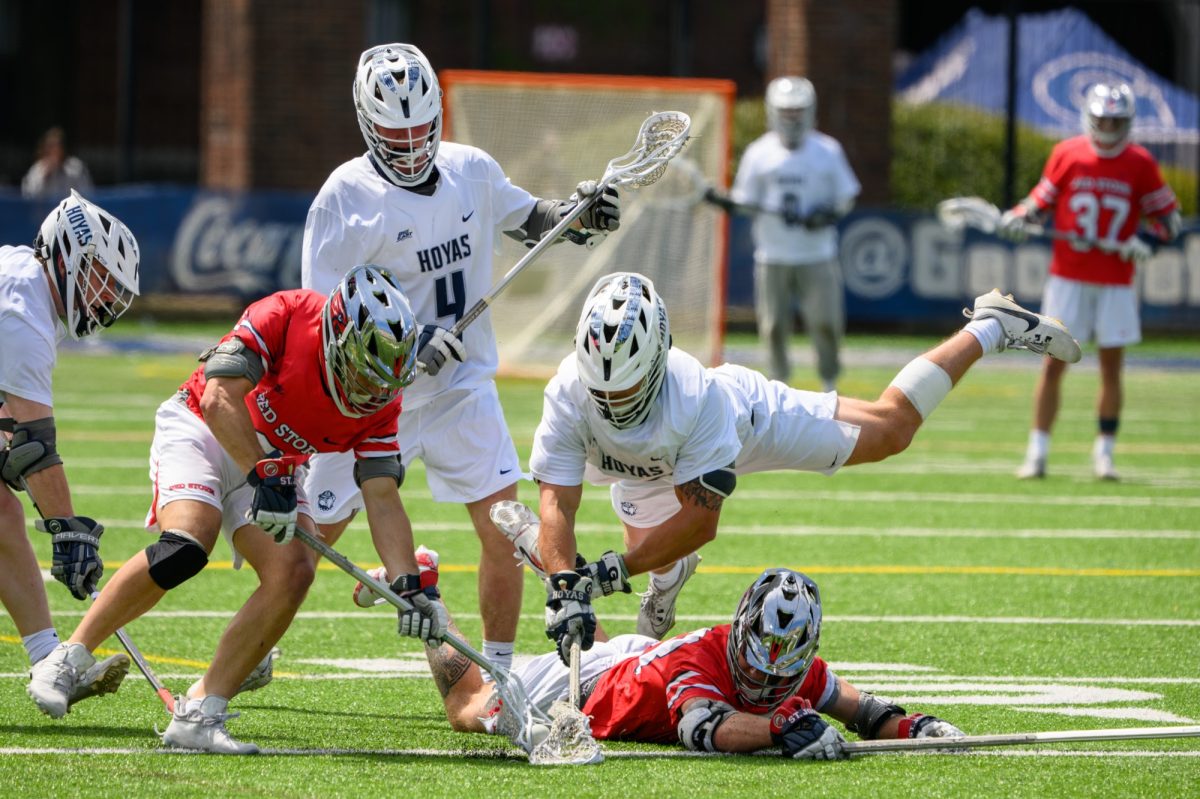Scoring is up across the four major North American sports: The NBA has seen an explosion of attempts and a spike in accuracy of three-point shots, more home runs are hit now than were hit during the steroid era of the MLB ago and even the NFL has experienced historically high-scoring seasons as strategies shift from defense to offense dominance. The NHL has also been enjoying its share of the scoring pie in its own distinct way, which has been extremely clear during the first few weeks of this young season. While the scoring boom has led to lots of excitement around the league, the players must still be protected at all costs, and the burden falls on the league to ensure that player safety remains a priority as all of the attention goes to the goals.
Players throughout the NHL have been growing more talented and improving their training strategies. Teams have deployed analytics to begin joining the modern era that other sports have long inhabited, led by the MLB under Billy Beane and Bill James and followed closely by the NFL and NBA. Archaic thinking about the game, including ignoring statistical trends about how to train and where on the ice to run plays, is also dissipating. The role of the enforcers, who are unskilled hockey players but talented, all-terrain boxers, has been all but eliminated from the game, with teams electing to store scoring talent on their fourth offensive lines.
The NHL itself deserves some credit for this evolution. The modern game has awarded smaller, more agile and more skilled players the opportunity to demonstrate their talent during the last few seasons.
Even though the league has made trivial rule changes to increase scoring for skaters of all sizes — such as mandating that goalies wear slimmer pants so more pucks can fit in the net — they have also made substantive changes to prioritize the safety and ability of the most skilled players the league has ever seen.
The league has made changes to rules and officiating styles to ensure the skaters stay safe and productive.
The referees have also played a role in the scoring spike. At the beginning of the 2018 season, referees started consistently calling penalties whenever a defender’s stick even came near the puck carrier’s hands. Until that point, the game had tolerated slashing the hands of the puck carrier, which, of course, makes handling the puck and shooting very difficult. In a particularly gruesome moment of live television, Sidney Crosby, often the victim of these strikes at the hands, nearly hacked off Marc Methot’s finger with his stick in 2017. These slashes have now been virtually eliminated from the game. Greater enforcement of this rule coincides with increased scoring.
However, and seemingly paradoxically, the players’ improvements in skills such as speed and puck shooting have actually made the game more dangerous in some ways. Last week, Joel Eriksson Ek blocked shots from one of the league’s hardest shooters, Montreal Canadiens defenseman Shea Weber. His shots, augmented by improvements in hockey stick technology that improve the transfer of energy from the player through the stick to the puck, will cause Ek to miss weeks of play because of a leg injury. It is challenging to the safety of the game when a routine part of it — shot blocking — causes injury on a regular basis.
These shots are dangerously fast. Shea Weber is reported to be unable to practice his shot because he fears injuring his own teammates. The fastest shot ever recorded is by Zdeno Chára at 108.8 mph at the All-Star Skills Competition, but players, especially defensemen, are bringing these increasing speeds into games, forcing goalies to react even quicker and making it more likely than ever for slap shots from the blue line to reach the back of the net.
Players themselves are also getting faster. In 2017, Connor McDavid scored a goal against the Calgary Flames while moving at around 25 mph. For frame of reference, I would not want to get into a car accident at those speeds with a seatbelt strapped on and airbags deploying, let alone just have a body-on-body collision. Also, there are only 11 feet between the goal line and the boards, in which McDavid must decelerate.
Speed is not the only danger in hockey. When the league was working to reduce fighting, dangerous penalties and reckless behavior, it was simple: get the players to stop punching each other in the face and using their sticks as weapons. Now, however, increased skill brings its own danger that is deeply embedded with what is, in my opinion, the most exciting form of the game, with more skill and strategy than ever before.
The NHL describes its own game as “controlled violence.” The nature of the game, however, is that it is uncontrolled, which complicates efforts to make it safer. Hockey has some difficulty even measuring puck possession. Neither team has really sustained control of the puck, so the possession is proxied by measuring shots taken for and against a team while a particular player is on the ice.
The NHL has many tactics to continue the path toward safety. Many of its steps to enforce penalties have been effective, and the game is likely the safest it has ever been on paper. The NHL should continue to prioritize the elimination of head injuries. The fact that Crosby, the game’s biggest star, has suffered at least four concussions is unacceptable — head injuries have the most serious consequences of any injury.
The NHL should also increase investment in technological advances in equipment. No one can ask McDavid to skate slower or Alexander Ovechkin to take it easy on his shot, but equipment and rules can protect players and preserve the excitement of watching the most skilled players in history play one of the greatest games.
Maddy Welch is a senior in the School of Foreign Service. ON THIN ICE appears online and in print every other Friday.





















